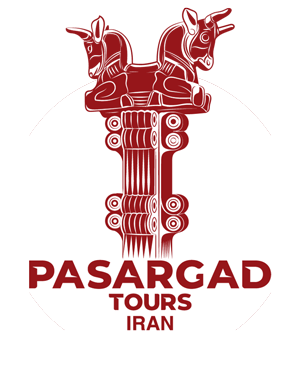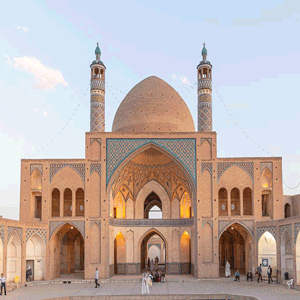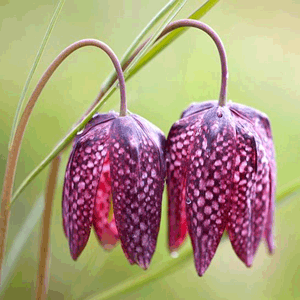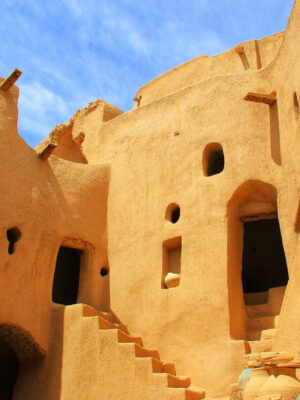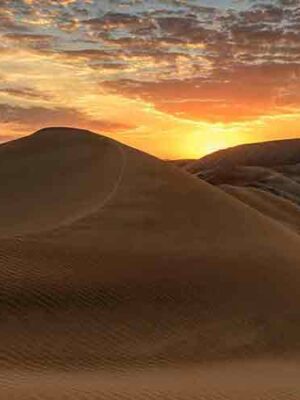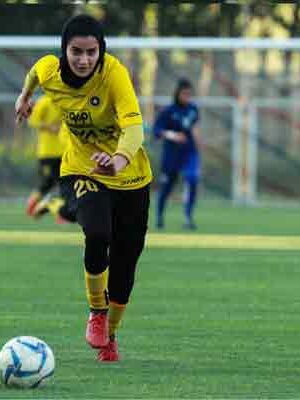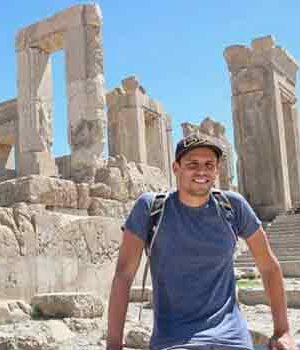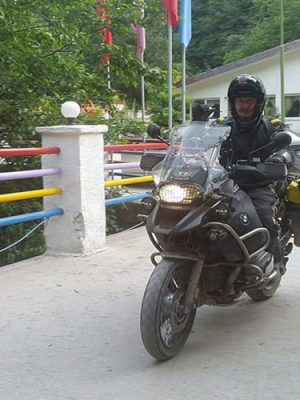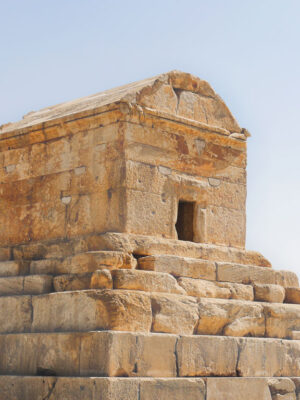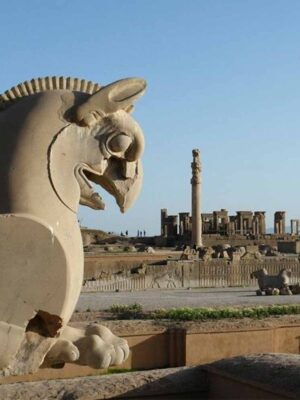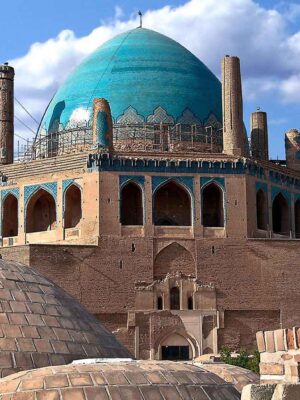Naqsh-e Rostam
Naqsh-e Rostam or the Necropolis, is situated about 6 kilometers northwest of Persepolis. This was one of the capitals of the Achaemenid empire (551-331 B.C). Naqsh-e Rostam is a historical site that houses some of the oldest tombs, bas-reliefs and inscriptions of ancient Iran from Elamite, Achaemenid and Sasanid eras.

Naqshe Rostam in Shiraz
About the name
Naqshe-Rostam means image of Rostam in Persian, but who was Rostam? Rostam stands out as the most celebrated and complex characters in the Shahnameh (Epic book of the kings). He is famous for his extraordinary strength, bravery and loyalty.
In the past, people did not have reliable information about Naqsh-e-Rostam and especially it’s Sasanid (3rd c. A.D), so they thought that these carvings represented the character of Rostam. For this reason, the site has been called Naqsh-e Rostam from two hundred years.
After Alexander’s invasion of Persia in 334 B.C, due to the presence of 4 tombs of Achaemenid kings, Greeks called this region the Necropolis or City of Dead.
Discovery of Naqsh-e Rostam
Archaeological teams excavated the area where Naqsh-e Rostam is located, during different periods. One of these important archaeological teams was the University of Chicago’s Institute of Oriental Studies under the direction of Erich Schmidt, a German-American archaeologist at Institute.
Tombs of Naqsh-e Rostam
When you enter Naqsh-e Rostam area, you can see the tombs of the four Achaemenid kings in the shape of a cross in the rock face. These tombs from the right are king Xerxes tomb (445-486 B.C), King Darius the great (486-522 B.C), king Artaxerxes I (424-465 B.C) and king Darius II (405-424 B.C).
The Façade of all four tombs is similar to each other, all in the shape of a cross. The Rock-cut tombs are located 26 meters above the ground, perhaps because the kings wanted to be closer to God in higher elevation and also protect the treasures that were left with them in their tombs.
Why this kind of burial
Aryans (Indo-Iranians in ancient times) believed that four sacred elements of water, fire, earth and wind. These should not have been polluted under any circumstances. According to this belief, after death, demons polluted the human body, so the body could not be burned, nor could it be buried or thrown into water. For this reason, people placed the dead bodies in the form of stone tombs which they carved in the heart side of the mountain to keep the corpses away from the four sacred elements.
The crosses are in 22 meters high, and 10 meters wide. In the upper part of the cross, you will see an extraordinary carved detail which is more visible in the tomb of Darius the Great. First a group of 28 people who are carrying the throne. These 28 people represent 28 lands (Satrapies) under the rule of the Achaemenids. In another part, the Achaemenid king is standing on a three-step platform, while Ahuramazda is next to it in the form of a winged human. The king holds a bow in his left hand and raises his right hand to show respect to Ahuramazda.
The middle part of the cross has the same characteristics as the private palace of Darius (Tachara) in Persepolis.

Tomb of Darius the great
Inside the tomb of Darius the Great there are three chambers, each of the chambers has three stone tombs.
These nine tombs belong to Darius and his relatives. The identity of none of the people is definitive and is mostly based on speculation.

inside the tomb of Darius the great
Kaabe Zartosht (Zoroaster’s Kaabe)
The Kaaba or Cube of Zoroaster is located right in front of the tomb of Darius II. The naming of this building as the Kaaba of Zoroaster is completely new and dates back to about 150 years ago. There are various theories about the use of this building in the past.

Kaabe Zartosht in Naqsh-e Rostam
Some believe that this structure was a fire temple, but this idea is completely wrong because the fire temple needs ventilation while all the windows are blind. Some other archaeologists also believe that this structure was a place for keeping important governmental and religious documents. The last group believes that the mummified bodies were kept in this structure for a while until the construction of the tombs were completed.
The only truth we can be sure about, is that according to the type of arrangement of stones, it is definitely dates back to Achaemenid period.
Bas-reliefs of Naqsh-e Rostam
Since the Sasanids considered themselves the successors of the Achaemenids, they chose Naqsh-e Rostam, which was an important and holy place for them, to sculpt their bas-reliefs.
There are different bas-reliefs in Naqsh-e Rostam, some of them were severely damaged over time and are very difficult to recognize. Others are quite clear and help us to find out more about the Sasanids.
Let’s look at some of them together:
Victory of Shapur over Roman emperors
Shapur was the second emperor of the Sassanid dynasty, who came to power in 240 AD after his father Ardeshir Babakan, the founder of the empire. He was the most powerful Sassanid king and his reign was the peak of political and economic power of the Sassanid dynasty.

Shapur and Roman emprors
During his reign, Shapur made great efforts to expand the Sassanid territory. He went to war with the Romans several times and each time he defeated Romans. Shapur conquered Armenia in the war with Rome. In the second period of the Perso-Roman Wars, which lasted from 252 to 253 AD, he inflicted a heavy defeat on the Roman Empire and defeated the Roman army at the Battle of Brillius. In the third round of the Perso-Roman Wars, the Persians occupied Antioch. The Romans became angry with the Iranian occupation and invaded the borders of Iran.
Valerian was also present in this campaign, who was severely defeated and captured by the Sassanid army and surrendered to Shapur.
Shapur is telling the story
Shapur describes his victory over Valerian, the Roman emperor, in his inscription at the Kaaba of Zoroaster. He elaborates that Valarian gathered an army from all over the Roman Empire, from outside and inside prisons. Persian army captured all these 70,000 people.
After all victories, Shapur ordered the masons to carve various reliefs of him throughout the empire. The main purpose was describing his great achievements.
Victory of Shapur over the Roman emperors is carved 10 meters east of the tomb of Darius the Great and has dimensions of 11 meters in length and 5 meters width. We can see Shapur wearing the crown of his father Ardeshir and sitting on a horse in profile. He is holding the wrist of Valerian the Roman emperor. In the past, holding people’s wrists was a sign of their captivity.
In front of the horse, a man in Roman clothing has placed his left knee on the ground, bent his right knee, and extended his arms in supplication to Shapur. He is Philip the Arab the other Roman emperor who has a short, curly beard, and his cape is moving in the breeze.
Investiture of Narseh
Narseh was one the sons of Shapur, in his investiture depicted here. He is receiving the ring of power from Anahita, the goddess of water. Narseh is the only one among the other figures of Naqsh-e Rostam who receives power from Anahita instead of Ahuramazda. The depicted child is probably the crown prince, Hormoz. Behind the king stands a courtier who bends his index finger. This gesture shows respect for the king. Anahita’s right hand extends the king’s ring to Narseh and hides her left hand in long sleeve.

bas-relief of Narseh in Necropolis
Bahram II and his courtiers
The oldest relief in the Naqsh-e Rostam is a remnant of the Elamite civilization, parts of which is still recognizable. With comparing this work with the Elamite relief in Kurangan Mamasani, archaeologists were able to date this relief.
The surviving part of the Elamite on the right shows a bearded man and on the left a goddess or a queen.

Elamite bas-relief in Naqsh-e Rostam
In Sasanid relief, Bahram II with his head to the left, is standing in the middle of the frame. Some of people have raised their index finger in honor of the king.
There are speculations about the identities of the five people on one side, which are most likely the king’s family. But the fourth person is the Magi, Kartir, and the last person is prince Narseh, the son of Shapur I. He is the only person who has not raised his finger in respect.

Bahram and his courtiers
Is that all to Naqsh-e-Rostam?
There is a lot of information about Naqsh-e Rostam, and here we have reviewed only a small part of it. Visiting Naghsh-e Rostam will be one of the best highlights of your trip to Iran. For reservations and more information about our tours, contact us at Pasargad Tours.
Naqsh-e Rostam
Naqsh-e Rostam or the Necropolis, is situated about 6 kilometers northwest of Persepolis. This was one of the capitals of the Achaemenid empire (551-331 B.C). Naqsh-e Rostam is a historical site that houses some of the oldest tombs, bas-reliefs and inscriptions of ancient Iran from Elamite, Achaemenid and Sasanid eras.

Naqshe Rostam in Shiraz
About the name
Naqshe-Rostam means image of Rostam in Persian, but who was Rostam? Rostam stands out as the most celebrated and complex characters in the Shahnameh (Epic book of the kings). He is famous for his extraordinary strength, bravery and loyalty.
In the past, people did not have reliable information about Naqsh-e-Rostam and especially it’s Sasanid (3rd c. A.D), so they thought that these carvings represented the character of Rostam. For this reason, the site has been called Naqsh-e Rostam from two hundred years.
After Alexander’s invasion of Persia in 334 B.C, due to the presence of 4 tombs of Achaemenid kings, Greeks called this region the Necropolis or City of Dead.
Discovery of Naqsh-e Rostam
Archaeological teams excavated the area where Naqsh-e Rostam is located, during different periods. One of these important archaeological teams was the University of Chicago’s Institute of Oriental Studies under the direction of Erich Schmidt, a German-American archaeologist at Institute.
Tombs of Naqsh-e Rostam
When you enter Naqsh-e Rostam area, you can see the tombs of the four Achaemenid kings in the shape of a cross in the rock face. These tombs from the right are king Xerxes tomb (445-486 B.C), King Darius the great (486-522 B.C), king Artaxerxes I (424-465 B.C) and king Darius II (405-424 B.C).
The Façade of all four tombs is similar to each other, all in the shape of a cross. The Rock-cut tombs are located 26 meters above the ground, perhaps because the kings wanted to be closer to God in higher elevation and also protect the treasures that were left with them in their tombs.
Why this kind of burial
Aryans (Indo-Iranians in ancient times) believed that four sacred elements of water, fire, earth and wind. These should not have been polluted under any circumstances. According to this belief, after death, demons polluted the human body, so the body could not be burned, nor could it be buried or thrown into water. For this reason, people placed the dead bodies in the form of stone tombs which they carved in the heart side of the mountain to keep the corpses away from the four sacred elements.
The crosses are in 22 meters high, and 10 meters wide. In the upper part of the cross, you will see an extraordinary carved detail which is more visible in the tomb of Darius the Great. First a group of 28 people who are carrying the throne. These 28 people represent 28 lands (Satrapies) under the rule of the Achaemenids. In another part, the Achaemenid king is standing on a three-step platform, while Ahuramazda is next to it in the form of a winged human. The king holds a bow in his left hand and raises his right hand to show respect to Ahuramazda.
The middle part of the cross has the same characteristics as the private palace of Darius (Tachara) in Persepolis.

Tomb of Darius the great
Inside the tomb of Darius the Great there are three chambers, each of the chambers has three stone tombs.
These nine tombs belong to Darius and his relatives. The identity of none of the people is definitive and is mostly based on speculation.

inside the tomb of Darius the great
Kaabe Zartosht (Zoroaster’s Kaabe)
The Kaaba or Cube of Zoroaster is located right in front of the tomb of Darius II. The naming of this building as the Kaaba of Zoroaster is completely new and dates back to about 150 years ago. There are various theories about the use of this building in the past.

Kaabe Zartosht in Naqsh-e Rostam
Some believe that this structure was a fire temple, but this idea is completely wrong because the fire temple needs ventilation while all the windows are blind. Some other archaeologists also believe that this structure was a place for keeping important governmental and religious documents. The last group believes that the mummified bodies were kept in this structure for a while until the construction of the tombs were completed.
The only truth we can be sure about, is that according to the type of arrangement of stones, it is definitely dates back to Achaemenid period.
Bas-reliefs of Naqsh-e Rostam
Since the Sasanids considered themselves the successors of the Achaemenids, they chose Naqsh-e Rostam, which was an important and holy place for them, to sculpt their bas-reliefs.
There are different bas-reliefs in Naqsh-e Rostam, some of them were severely damaged over time and are very difficult to recognize. Others are quite clear and help us to find out more about the Sasanids.
Let’s look at some of them together:
Victory of Shapur over Roman emperors
Shapur was the second emperor of the Sassanid dynasty, who came to power in 240 AD after his father Ardeshir Babakan, the founder of the empire. He was the most powerful Sassanid king and his reign was the peak of political and economic power of the Sassanid dynasty.

Shapur and Roman emprors
During his reign, Shapur made great efforts to expand the Sassanid territory. He went to war with the Romans several times and each time he defeated Romans. Shapur conquered Armenia in the war with Rome. In the second period of the Perso-Roman Wars, which lasted from 252 to 253 AD, he inflicted a heavy defeat on the Roman Empire and defeated the Roman army at the Battle of Brillius. In the third round of the Perso-Roman Wars, the Persians occupied Antioch. The Romans became angry with the Iranian occupation and invaded the borders of Iran.
Valerian was also present in this campaign, who was severely defeated and captured by the Sassanid army and surrendered to Shapur.
Shapur is telling the story
Shapur describes his victory over Valerian, the Roman emperor, in his inscription at the Kaaba of Zoroaster. He elaborates that Valarian gathered an army from all over the Roman Empire, from outside and inside prisons. Persian army captured all these 70,000 people.
After all victories, Shapur ordered the masons to carve various reliefs of him throughout the empire. The main purpose was describing his great achievements.
Victory of Shapur over the Roman emperors is carved 10 meters east of the tomb of Darius the Great and has dimensions of 11 meters in length and 5 meters width. We can see Shapur wearing the crown of his father Ardeshir and sitting on a horse in profile. He is holding the wrist of Valerian the Roman emperor. In the past, holding people’s wrists was a sign of their captivity.
In front of the horse, a man in Roman clothing has placed his left knee on the ground, bent his right knee, and extended his arms in supplication to Shapur. He is Philip the Arab the other Roman emperor who has a short, curly beard, and his cape is moving in the breeze.
Investiture of Narseh
Narseh was one the sons of Shapur, in his investiture depicted here. He is receiving the ring of power from Anahita, the goddess of water. Narseh is the only one among the other figures of Naqsh-e Rostam who receives power from Anahita instead of Ahuramazda. The depicted child is probably the crown prince, Hormoz. Behind the king stands a courtier who bends his index finger. This gesture shows respect for the king. Anahita’s right hand extends the king’s ring to Narseh and hides her left hand in long sleeve.

bas-relief of Narseh in Necropolis
Bahram II and his courtiers
The oldest relief in the Naqsh-e Rostam is a remnant of the Elamite civilization, parts of which is still recognizable. With comparing this work with the Elamite relief in Kurangan Mamasani, archaeologists were able to date this relief.
The surviving part of the Elamite on the right shows a bearded man and on the left a goddess or a queen.

Elamite bas-relief in Naqsh-e Rostam
In Sasanid relief, Bahram II with his head to the left, is standing in the middle of the frame. Some of people have raised their index finger in honor of the king.
There are speculations about the identities of the five people on one side, which are most likely the king’s family. But the fourth person is the Magi, Kartir, and the last person is prince Narseh, the son of Shapur I. He is the only person who has not raised his finger in respect.

Bahram and his courtiers
Is that all to Naqsh-e-Rostam?
There is a lot of information about Naqsh-e Rostam, and here we have reviewed only a small part of it. Visiting Naghsh-e Rostam will be one of the best highlights of your trip to Iran. For reservations and more information about our tours, contact us at Pasargad Tours.




